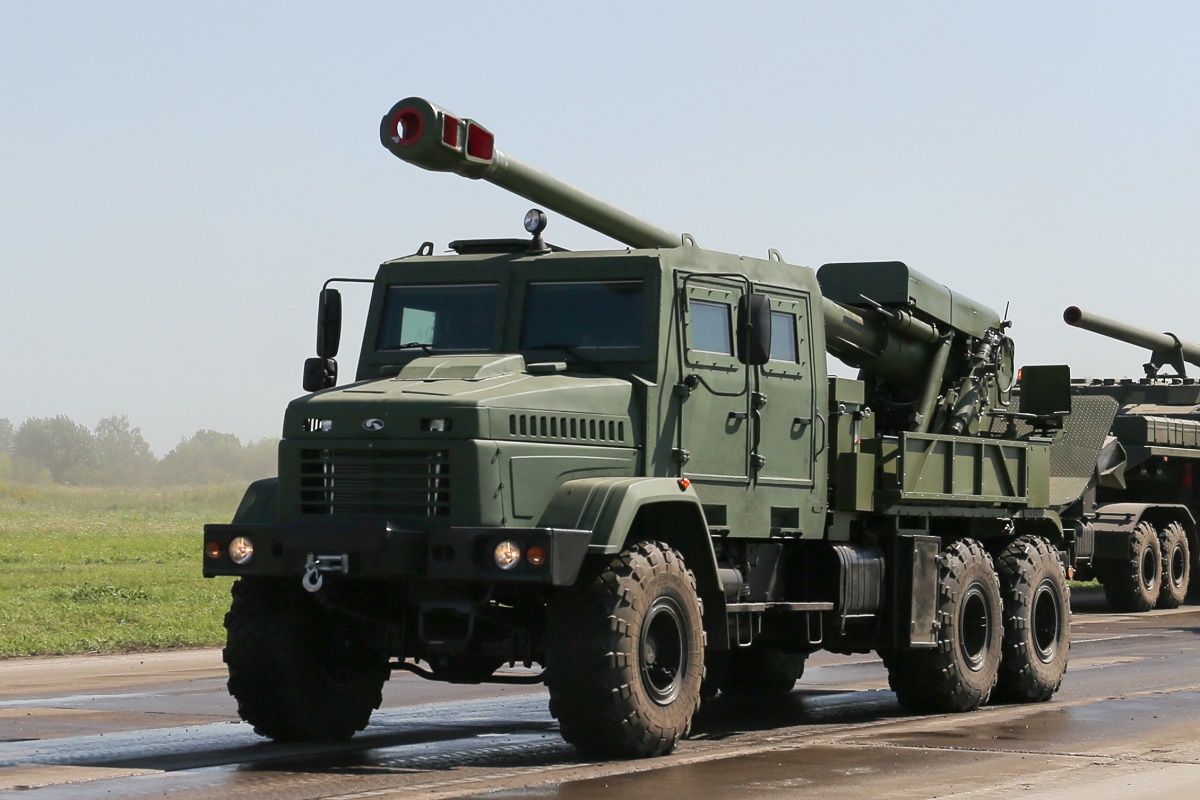After the Russian invasion of Ukraine on February 24, 2022, a major war returned to Europe, forcing Europeans to take a fresh look at the security and defense capabilities of the continent. EU nations have responded by endorsing a defense-industrial strategy, envisioning a notable uptick in weapons and military equipment manufacturing. Integral to this strategy is the incorporation of Ukrainian firms into this production landscape. Investigating the potential of Ukrainian-European collaboration in defense industry, Apostrophe explores the mutual benefits and prospects of such cooperation.
War returns to Europe
On March 5, 2024, the European Commission unveiled the inaugural European Defense Industrial Strategy (EDIS), marking a historic first for the European Union. Previously, the EU focused predominantly on economic and political affairs, relegating defense matters to NATO and member states. However, Russia's prolonged war with Ukraine and the escalating specter of Russian aggression against other nations compelled European leaders to reassess and bolster their defense capacities.
The objective of the strategy is to fortify the European defense and industrial foundation to a degree enabling it to comprehensively fulfill the requirements of EU member states. To execute this plan, there is a proposed allocation of 1.5 billion euros from the EU budget for the period of 2025-2027, with potential for increased funding.
Europeans openly acknowledge that the heightened focus on military-industrial complex development stems from the Russian-Ukrainian conflict. This protracted war has prompted nations that have long enjoyed peace to question the adequacy of the continent's protection.
“Faced with the return of high intensity warfare in Europe, following russia’s unprovoked, full-scale invasion of Ukraine in 2022, the Union must swiftly enhance its defence readiness. The rules-based global order is challenged to its core, and countries in the Union’s vicinity and beyond are increasingly affected by tensions, instability, hybrid threats and armed conflicts. These developments are challenging our security, prosperity, and democratic values,” the Strategy says.
Hence, it comes as no surprise that the strategy places particular emphasis on fostering military-industrial cooperation with Ukraine.
According to the Ukrainian Ministry of Strategic Industries, European officials actively engaged in consultations with the national government during the strategy's development. They examined Ukraine's firsthand experiences in defending against Russian armed aggression and considered proposals for collaborative development between European and Ukrainian defense industries, some of which were incorporated into the strategy.
The final document outlines that Ukraine will have access to European programs aimed at bolstering the defense-industrial complex. Ukrainian firms will receive support for capacity enhancement and collaboration with European counterparts. Additionally, provisions are made for the establishment of an information exchange on military equipment development.
To advance the strategy's objectives, the EU intends to convene the EU-Ukraine Defense Industry Forum this year. Furthermore, to facilitate collaboration between EU startups, innovators, industry, and the Ukrainian armed forces, the EU will inaugurate an Innovation Office in Kyiv.
There is little hope for the USA
The adoption of the European defense and industrial strategy signifies a significant shift in the EU's approach to its security.
‘British Defense Minister Ben Wallace was the first to address Europe's systemic deficiencies in the production of a comprehensive array of weaponry, particularly emphasizing ammunition іn mid-2022,’ military expert Valentyn Badrak tells to Apostrophe. ‘By the summer of 2023, a consensus among the majority of European politicians emerged, indicating a pressing need for a substantial enhancement of Europe's defense industry capabilities.’
Wallace was in office until August 2023.
Badrak highlights a critical security concern for the EU: the imperative to diminish reliance on imported raw materials and components. He emphasizes the necessity of establishing technological chains spanning from raw materials to final products, ensuring that essential weapons and ammunition are manufactured entirely within the continent.
‘In this regard, Russia currently outpaces not only Ukraine but also Europe,’ Badrak states. ‘It possesses comprehensive production chains for the majority of weapon types.’
The sentiments of European politicians were also swayed by political developments in the USA. The procrastination in providing aid to Ukraine has instilled fear among EU leaders that in the event of a Russian attack, Europe may not receive support from across the Atlantic and could find itself isolated in facing the enemy.
‘Until March 5, optimism persisted that a resolution regarding the aid package would be reached in the United States,’ Badrak says. ‘However, after it became clear that it was no longer possible to rely on the USA, European leaders concluded to expedite the advancement of their own arms industry. With the growing threat of a potential attack by Putin on NATO, the urgency for European self-sufficiency became increasingly apparent.
This becomes even more pertinent given the possibility of US President Donald Trump's reelection. Trump, notably remembered for controversial remarks suggesting that the United States would not defend European nations failing to allocate at least 2% of their GDP to security, as well as threats to withdraw from NATO, amplifies the urgency for European self-reliance.
A symbiotic partnership
Collaboration between European and Ukrainian arms manufacturers is a logical progression, given that Ukrainian engineers have developed numerous new weapon types during the war with Russia. These innovations are currently undergoing testing amidst the largest war of the 21st century.
‘Europeans realized that the Ukrainian defense and industrial complex is not a burden for Europe, but an asset,’ Badrak says. ‘Presently, our enterprises are at the forefront of systematically producing and deploying numerous new weapon types. Collaborating with European gunsmiths holds mutual benefits for both sides.’
According to Badrak, Ukraine has made notable strides in the advancement of diverse unmanned systems, encompassing not only aviation but also maritime and land-based platforms. Ukrainian drones effectively marry affordability with high operational efficacy on the battlefield.
Presently, Ukraine is vigorously advancing and manufacturing cutting-edge radio-electronic warfare systems. Moreover, Europe requires the advancement of rocket technology. While many nations possess cruise missiles, Europe trails in the development of ballistic missiles. This gap necessitates compensation, with domestic missile development offering significant utility in this regard.
The battle for the Ukrainian arms market
Military-industrial collaboration between Ukraine and the EU will also facilitate a degree of standardization in Ukrainian armaments.
‘Currently, the Armed Forces operate a huge ‘zoo’ of equipment, forming a diverse mix including Challenger, Abrams, Leopard, T-64, T-80, and other tanks. Additionally, the army utilizes 30-40 types of armored vehicles provided by various states. Naturally, such diversity poses significant challenges in equipment maintenance and repair. Hence, post-war, the army will necessitate complete rearmament,’ military observer Mykhailo Zhyrokhov tells to Apostrophe.
According to the observer, in the aftermath of the war, Ukraine will need to determine the primary types of military equipment to be utilized by the Armed Forces. This entails establishing mass production of such equipment, along with its corresponding ammunition, maintenance centers, spare parts production, personnel training, and related infrastructure.
Such extensive rearmament will undoubtedly yield substantial profits for manufacturing companies. Consequently, there is currently a competitive struggle between leading European and American companies vying for their products to form the cornerstone of the Ukrainian army's rearmament efforts.
‘Prominent European companies such as German Rheinmetall and Swedish Saab are deeply engaged in scrutinizing the Ukrainian defense industrial complex to pinpoint investment opportunities for production ventures,’ Badrak says.
Of course, before starting construction, it is necessary to solve a number of complex issues, encompassing challenges such as physical protection of enterprises and personnel training. Nevertheless, these obstacles do not dissuade manufacturers, as they perceive Ukraine as a promising market for their products.
It is crucial for Ukrainian companies to be suitably represented in this market as well.


